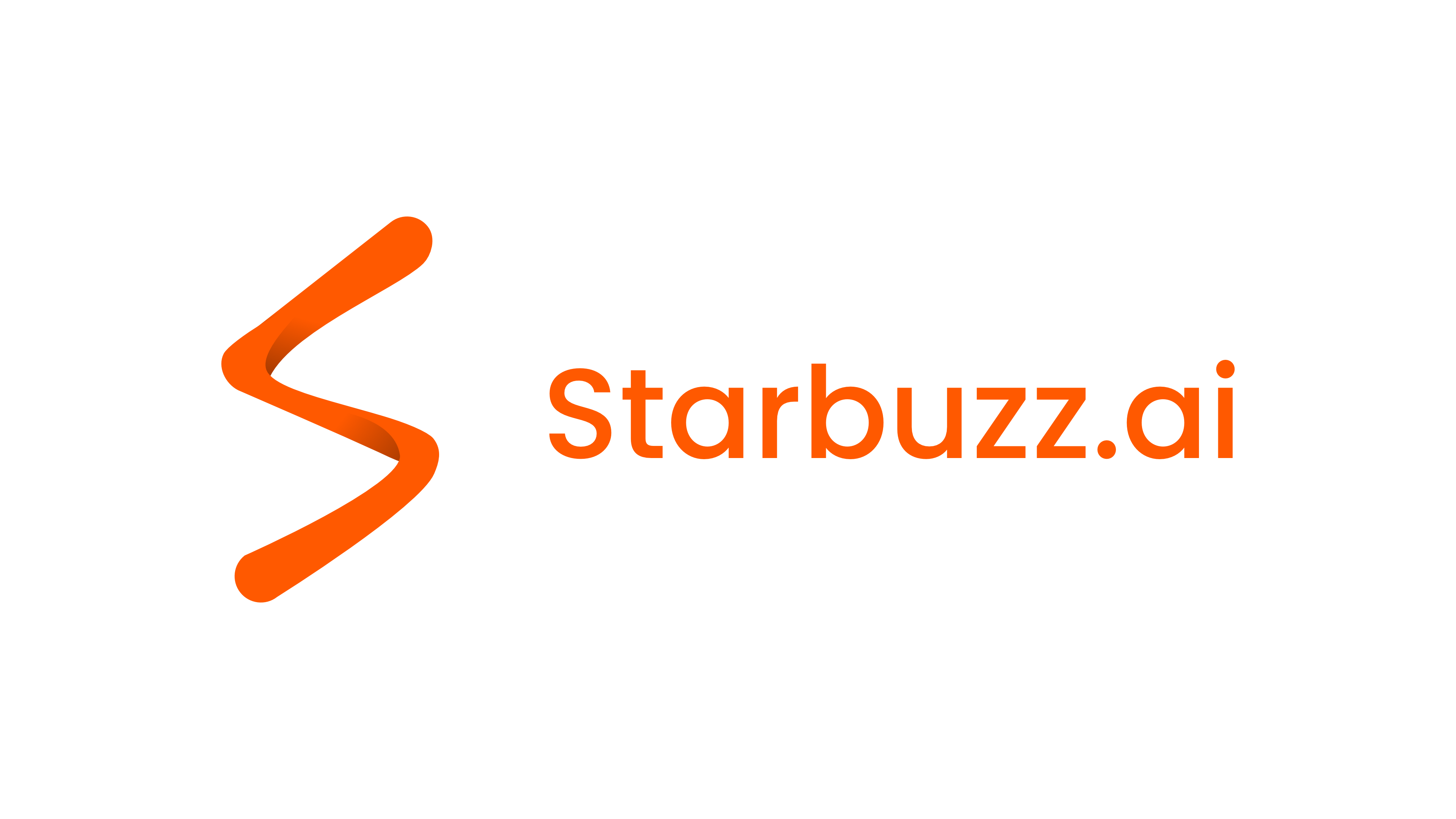72.5% of marketers plan to increase their influencer marketing budgets over the coming year.
Why is that so? Because 89% say ROI from influencer marketing is comparable to or better than any other channel.
It wouldn't be an overstatement to say, "The Spotlights are On, and the Buzz is for Influencer Marketing." We see brands swarming in the glory brought by influencer marketing, but there's a side that is still hesitant to adopt it and enjoy the wave. Why? One of the reasons might be the many misconceptions that make the credibility of influencer marketing questionable.
Hence today, we will share 7 of the most common influencer marketing myths to help brands make well-informed and unbiased decisions.
An Influencer's Follower Count is a Proof of their Value

The time when the number of followers was the only parameter to determine an influencer's worth is gone. Brands should see whether the influencer has an engaged audience, shares quality content, and can drive actions and sales. Also, some product categories demand people with expertise in their niche. Hence, different types of influencers will have their own set of benefits. You should choose them after considering factors like your goals, the type of product or service to promote, and the target consumer group.
Influencer Marketing is All About Using Social Media

Well, no doubt, social media is where influencer marketing thrives and is known, but the online world is much broader in general. Influencers can showcase their thought leadership and help brands on channels like forums, blogs, brand websites, and e-commerce platforms. Brands will decide their media mix based on the marketing goals and buyer persona. The only point we wanted to bring across was that influencer marketing goes beyond social media.
Influencer Marketing Is Expensive

The payment of the influencer depends on various factors. Some of them are the type of influencer, their content quality and audience engagement, the tasks they need to perform, the channels, and the duration. Hence, brands of any size and budget can use influencer marketing to get people talking about them. Also, money isn't the only way to compensate for an influencer's efforts. There are different reward methods you can choose from - like gifts, comped events or trips, and store credits, to name a few.
Brands Can't Accurately Measure the ROI of an Influencer Marketing Campaign

It's not true.
Yes, we believe that how you measure the ROI of an influencer marketing campaign might be slightly different from how we usually collect and evaluate insights. One of the most commonly used methods to assess an influencer's impact on sales is to make unique coupons or URLs for them. So that whenever someone uses them, the brands can know which influencer led to the purchase.
Influencer Marketing’s Sole Goal is to Create Buzz for a Brand or Product

Influencers can indeed give your audience the push they need to make that purchase decision, but we believe that brands shouldn't restrict their role or the value they can deliver to just that. Their feedback from their knowledge of the latest trends and relevant topics can come in handy for marketers at many stages. They can help brands select the right marketing mix and make communication, branding, and product packaging decisions.
Influencer Marketing Isn't for B2B Brands

When we say influencer marketing, we naturally think of B2C brands - in beauty, fashion, and lifestyle, to name a few. That's the natural association we have formed with time, which has made the thought of influencer marketing for B2B a little hard to digest.
But B2B can leverage the power by adopting a different strategy.
For example, when finding an influencer for your campaign, you will want to go with one with a higher authority. The channels you select may be unique to B2B audiences, like LinkedIn, blogs, Q&A forums, and podcasts, to name a few. Though everything - channels, content, and influencers will depend on your buyer persona.
Influencer Marketing Works Wonders Only With Millennials and Gen Z

Not really.
Yes, millennials and Gen Z can be called the first adapters or first fans of this type of marketing. But influencer marketing has evolved to accommodate all age groups. As we said earlier, influencer marketing goes beyond social media, and there are many channels brands can leverage. Also, different age groups prefer and use various channels to communicate and connect. So the notion of millennials and Gen Z being the only audience for influencer marketing is no longer valid.
That's all about the 7 myths that restrict you from doing wonders with the help of influencer marketing. There are many misunderstandings around the what, why, and how of influencer marketing. Brands must educate themselves and share the knowledge with stakeholders. It'll help them realize whether influencer marketing can be an ace up their sleeve, the queen to their marketing strategy game or not.
If you want to learn more about influencer marketing or understand how it can help you become the talk of the town, reach out to us!



